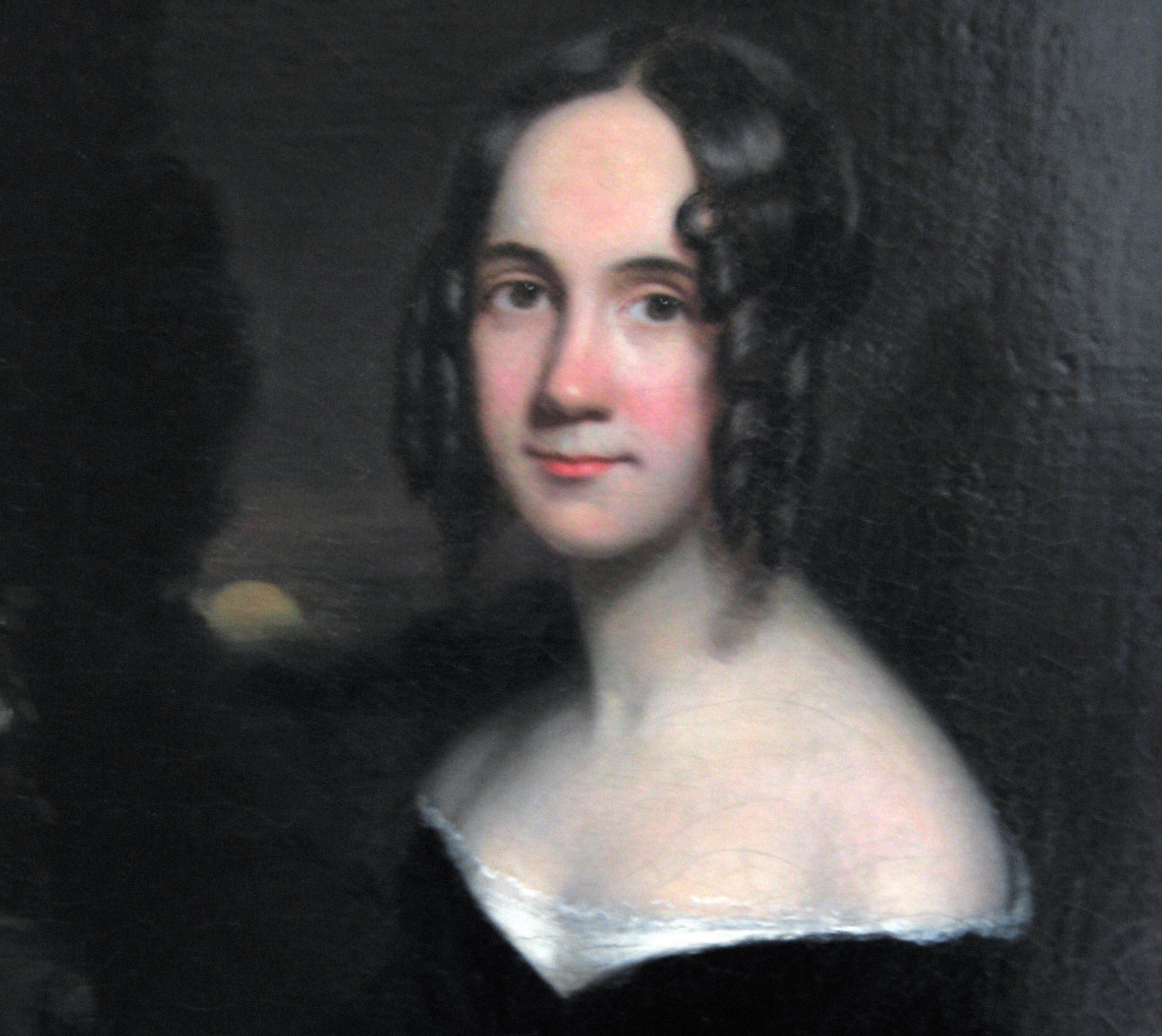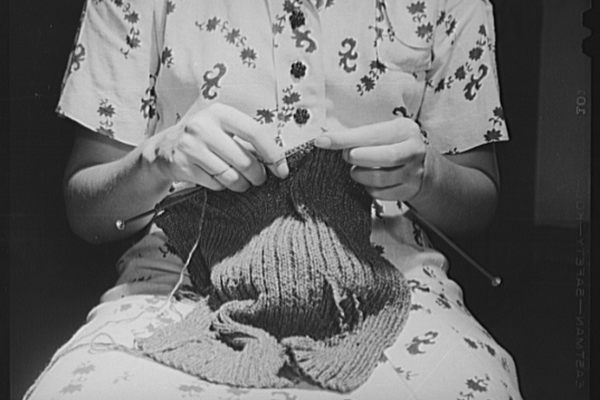Read the Original Pitch for Thanksgiving, From the Editress Who Created the Holiday
Sarah Josepha Hale imagined a day of Christian celebration.

By the time she started pitching Thanksgiving to America, Sarah Josepha Hale knew her power. She was edging towards 60, and for a decade she had been the editress (her preferred term) of Godey’s Lady’s Book, one of the most widely read publications in the United States. Women followed her lead in matters of dress, food, and home—anything that required good taste—and she could convince men, too, to do what she wanted.
In 1847, what she wanted was to create a new national holiday—the American Thanksgiving Day. In her quest to accomplish this, she sent detailed petitions to five presidents and devoted numerous column inches to the idea in her magazine. More than any other individual, Hale was responsible for the creation of Thanksgiving as we know it, a country-wide day of rest and feasting at the end of November.
But the Thanksgiving Day Hale imagined would have been largely unrecognizable to Americans today: her Day of Thanksgiving was conceived as a Christian holiday, focused on prayer rather than food. And, by the end of her 15-year campaign, she thought it should be celebrated not just in the U.S. but across the world.

Hale didn’t invent American Thanksgiving from whole cloth. It had long been a tradition in New England to set aside a day in the late fall to give thanks—she called it a “good old puritan custom” in her first pro-Thanksgiving column. But in much of the country (at that point, 29 states, almost all west of the Mississippi) it was unknown. Here is Hale’s first pitch for the holiday, written in 1847:
“OUR HOLIDAYS.—We have but two that we can call entirely national. The New Year is a holiday to all the world, and Christmas to all Christians—but the “Fourth of July” and “Thanksgiving Day” can only be enjoyed by Americans. The annual observance of Thanksgiving Day was, to be sure, mostly confined to the New England States, till within a few years. We are glad to see that this good old puritan custom is becoming popular through the Union…Would that the next Thanksgiving might be observed in all the states on the same day. Then, though the members of the same family might be too far separated to meet around one festival board, they would have the gratification of knowing that all were enjoying the blessing of the day…
The “Lady’s Book” then suggests that, from this year, 1847, henceforth and forever, as long as the Union endures, the last Thursday in November be the DAY set apart by every state for its annual Thanksgiving. Will not the whole press of the country advocate this suggestion?”
Hale’s proposal had a decidedly nationalist tinge. In 1847, the United States was still fighting the Mexican-American War, and Mexico had yet to cede the territory that would become California and the American southwest. America and Britain had only settled their dispute over territory in the Pacific northwest the year before. But Hale was already imagining a holiday that would stretch “from the St. Johns to the Rio Grande, from the Atlantic to the Pacific border.” America was growing, and Hale was imagining a holiday that would help join these disparate lands under one national identity.

Year after year, Godey’s Lady’s Book published the same plea, sometimes recycling the same exact sentences. Within a few years, the campaign was seeing some success; by 1851, 29 out of now 31 states (Wisconsin and California had recently joined the U.S.) celebrated a day of Thanksgiving—although not necessarily all on the same day. This achievement did not satisfy Hale, though. She insisted that everyone should celebrate on the exact same day, the last Thursday in November, so that “the telegraph of human happiness would move every heart to gladness simultaneously.”
She’d thought it all through. She had picked the last Thursday in November as the ideal date because there weren’t many other distractions at that moment: farm labor was done for the season, the election cycle would be over, summer laborers would have returned home, and the “autumnal diseases” which haunted the South each year had passed.
As Thanksgiving celebrations gained in popularity, so did Hale’s fervor. Short exhortations to celebrate the day turned into page-long editorials describing the great benefit of “a feast of gladness, rendering thanks to Almighty God for the blessings of the year” and a day that “would exemplify the joy of Christians.”

In 1860, more than a decade after she first started promoting the idea, Hale declared victory. “We may now consider Thanksgiving a National Holiday,” she wrote. So many states had celebrated it so consistently on the same day, that Thanksgiving was no longer “a partial and vacillating commemoration of gratitude to our Heavenly Father, observed in one section or State” but a “great and sanctifying promoter of the national spirit.”
Despite her proclamation, Hale had still not achieved the ultimate endorsement: a proclamation from the President. Her ambitions for Thanksgiving had grown ever larger, though, and over the next couple of years she would advocate for a single day of Thanksgiving “throughout all Christendom.” She explicitly included Jewish people in that group and believed Thanksgiving would be popular in Europe, too.
In the 1860s, as the Civil War started, Hale focused on national unity, one of her strongest selling point. “Everything that contributes to bind us in one vast empire together, to quicken the sympathy that makes us feel from the icy North to the sunny South that we are on family, each member of a great and free Nation, not merely the unit of a remote locality, is worthy of being cherished,” she wrote.
It was only under these conditions that a president finally endorsed her idea. In 1863, Abraham Lincoln proclaimed a “day of Thanksgiving and Praise to our beneficent Father who dwelt in the heavens.” Among the things Americans should “fervently implore” from the Almighty? To “heal the wounds of the nation, and to restore it…to the full enjoyment of peace, harmony, tranquility, and union.”






Follow us on Twitter to get the latest on the world's hidden wonders.
Like us on Facebook to get the latest on the world's hidden wonders.
Follow us on Twitter Like us on Facebook